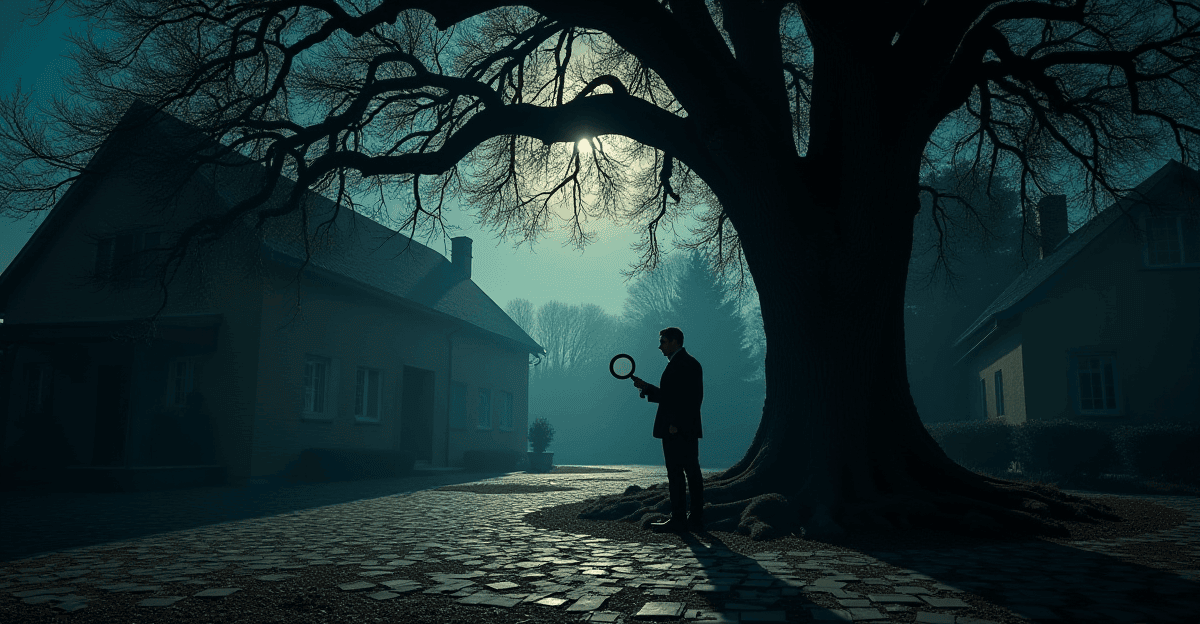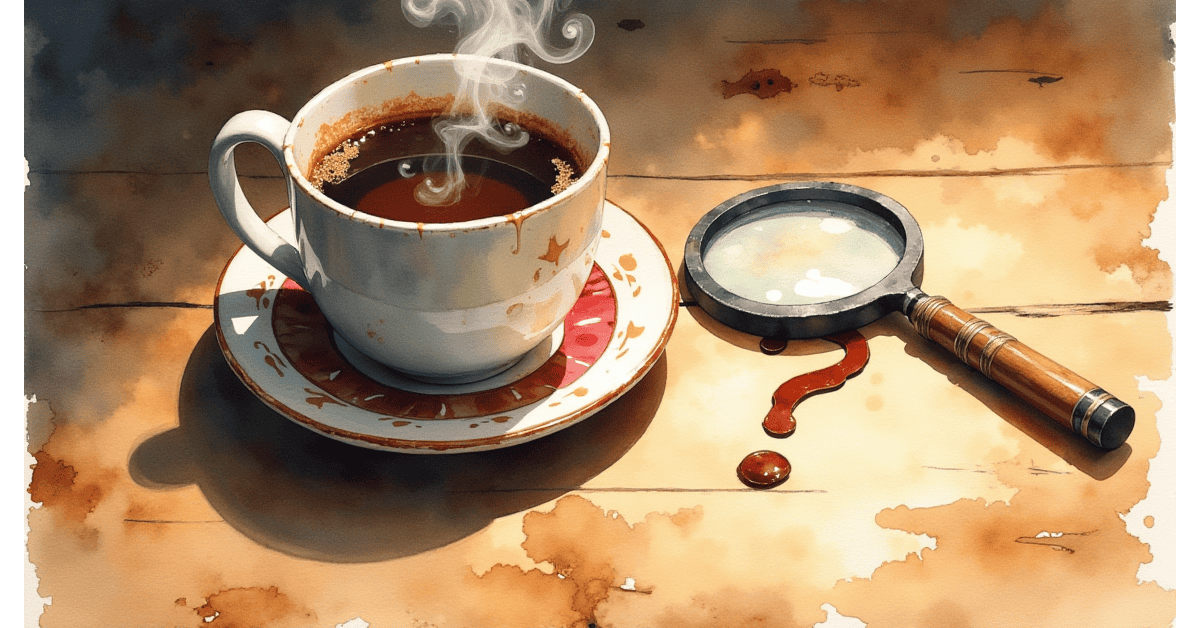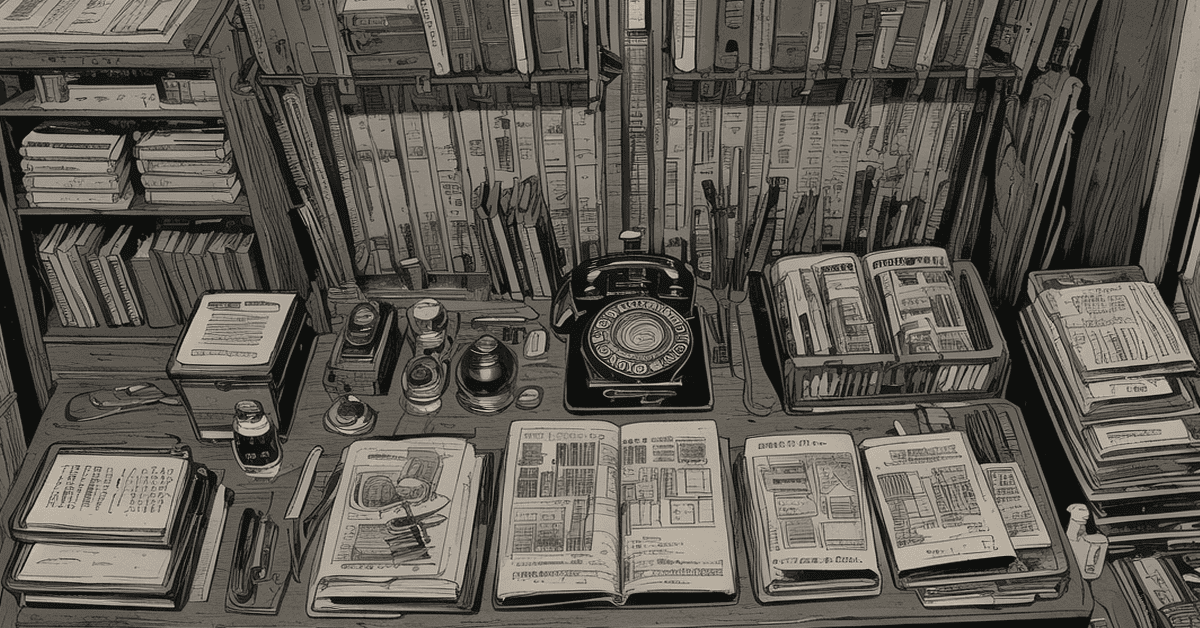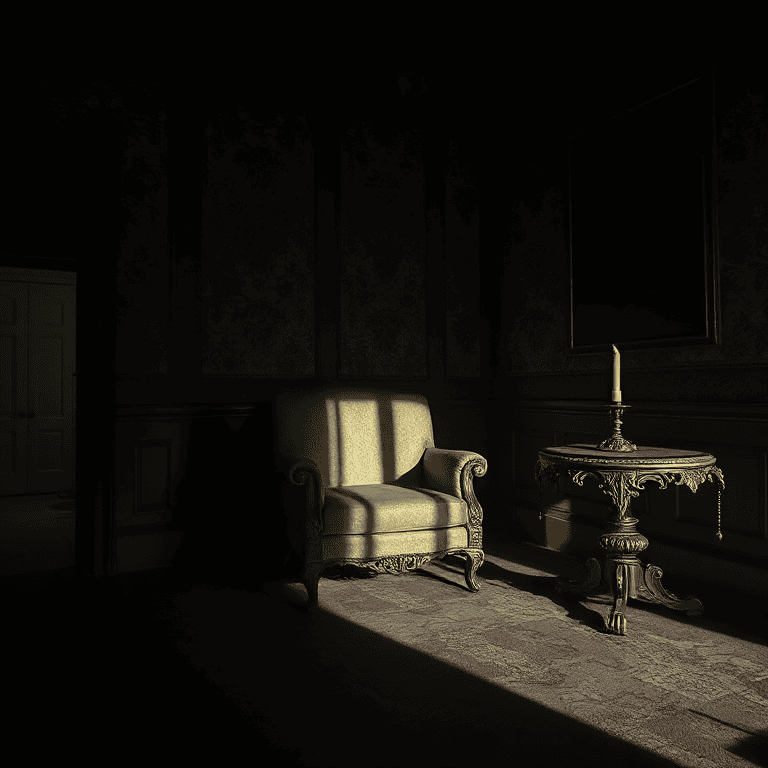
Even though mystery readers might roll their eyes at the mention of “tropes,” the truth is they can’t get enough of them. Before we dive into why these storytelling staples are so irresistible, let’s define what a trope actually is.
A trope is a recurring theme, plot device, or character type that shows up across multiple stories. In mysteries, this could mean the eccentric detective, the locked-room puzzle, or the ever-elusive red herring. Tropes aren’t cliches—at least, not when they’re done well. They’re the shorthand that lets readers dive into a story’s world without needing a roadmap. Like a catchy tune you can’t stop humming, they hit all the right notes and keep us hooked.
Mystery tropes, like all literary tropes, have roots that trace back to humanity’s earliest storytelling traditions. They evolved as repeated patterns that helped audiences connect with the tales being told, making complex narratives more engaging and understandable.
Origins of Mystery Tropes
- Ancient Storytelling:
The seeds of mystery tropes can be found in ancient myths and legends. Stories like Oedipus Rex, where the protagonist uncovers a hidden truth, demonstrate early uses of clues, red herrings, and the unraveling of secrets. - The Gothic Novel:
In the 18th and 19th centuries, gothic literature popularized many elements that would become core to mystery storytelling: isolated settings, mysterious disappearances, and dark secrets. These novels laid the groundwork for the modern mystery genre. - Detective Fiction:
The detective trope owes its prominence to Edgar Allan Poe, who introduced one of the first fictional detectives, C. Auguste Dupin, in The Murders in the Rue Morgue (1841). This “locked room mystery” story set the stage for sleuths like Sherlock Holmes and Hercule Poirot. - Classic Whodunits:
As the mystery genre gained popularity in the early 20th century, authors like Agatha Christie and Dorothy L. Sayers refined and popularized tropes such as the red herring, the “everyone had a motive” scenario, and the amateur sleuth. These became the backbone of the cozy mysteries beloved today. - Film Noir and Modern Twists:
Mystery tropes evolved further through film noir and crime dramas, which added morally ambiguous characters and layered narratives, influencing how modern stories use betrayal, double-crosses, and cold cases.
By reusing and reinventing these tropes over centuries, storytellers have kept them fresh, demonstrating that their appeal is deeply rooted in the universal love for puzzles, justice, and the thrill of discovery.
How Tropes Work
Tropes work because they set expectations. For example, when a mysterious stranger rolls into a quiet town, readers know this character is going to shake things up. When a seemingly unimportant clue appears early on, seasoned mystery fans know it might resurface as the key to solving the case. Tropes act like a framework—a comforting sense of “I know where this is going” that still leaves room for surprise.
Why Tropes Work
Humans love patterns. We’re wired to solve puzzles, spot connections, and predict outcomes. Tropes tap into this instinct, giving us familiar setups while challenging us to piece together the twists and turns.
The best mystery writers don’t just use tropes; they exploit them to their advantage. Agatha Christie was the queen of the red herring. She’d lay a trail of clues that led readers straight to the wrong conclusion, only to unveil a twist they never saw coming. Arthur Conan Doyle’s Sherlock Holmes, the archetypal eccentric detective, combined razor-sharp intellect with quirky habits, inspiring generations of imitators. These writers understood that tropes are tools—when used skillfully, they enhance the story rather than making it predictable.
Popular Mystery Tropes That Fans Love
- The Locked Room Mystery
- A seemingly impossible crime that stumps even the sharpest minds.
- The Red Herring
- A clue designed to mislead, adding layers of intrigue.
- The Eccentric Detective
- From Sherlock Holmes to Hercule Poirot, these characters make sleuthing an art form.
- The Sinister Small Town
- Idyllic on the surface, but bursting with secrets.
- The Amateur Sleuth
- Ordinary people thrown into extraordinary circumstances.
- The “Everyone Had a Motive” Scenario
- A whodunit where anyone could be the culprit.
- The Mysterious Stranger
- A wildcard whose motives keep everyone guessing.
- The Missing Person
- Disappearances that unravel webs of lies and hidden truths.
- The Cold Case
- A crime from the past that resurfaces to haunt the present.
- The Double Cross
- Betrayals that flip everything the protagonist thought they knew.
Why Tropes Are Actually a Good Thing
At their core, tropes reflect human nature. We’re creatures of habit, drawn to stories that echo our shared experiences and desires. Tropes remind us that while the details of a mystery may change, the underlying themes—trust, deception, justice—are timeless. They’re proof that storytelling isn’t about reinventing the wheel; it’s about finding new ways to spin it.

So, the next time you catch yourself devouring a story packed with familiar tropes, don’t feel guilty. Enjoy it. Tropes aren’t just shortcuts for writers; they’re the bridges that connect us to the universal thrill of a good mystery.










 the 1990s, I created Jax and the Hellhound, a comic book series under Blackthorne Publishing. Years later, the characters resurfaced in a one-shot revival. Among them was Gino Aragon—a name that wouldn’t leave me alone as I revisited my older works. That’s the thing about stories—they sometimes refuse to stay where you left them.
the 1990s, I created Jax and the Hellhound, a comic book series under Blackthorne Publishing. Years later, the characters resurfaced in a one-shot revival. Among them was Gino Aragon—a name that wouldn’t leave me alone as I revisited my older works. That’s the thing about stories—they sometimes refuse to stay where you left them.






